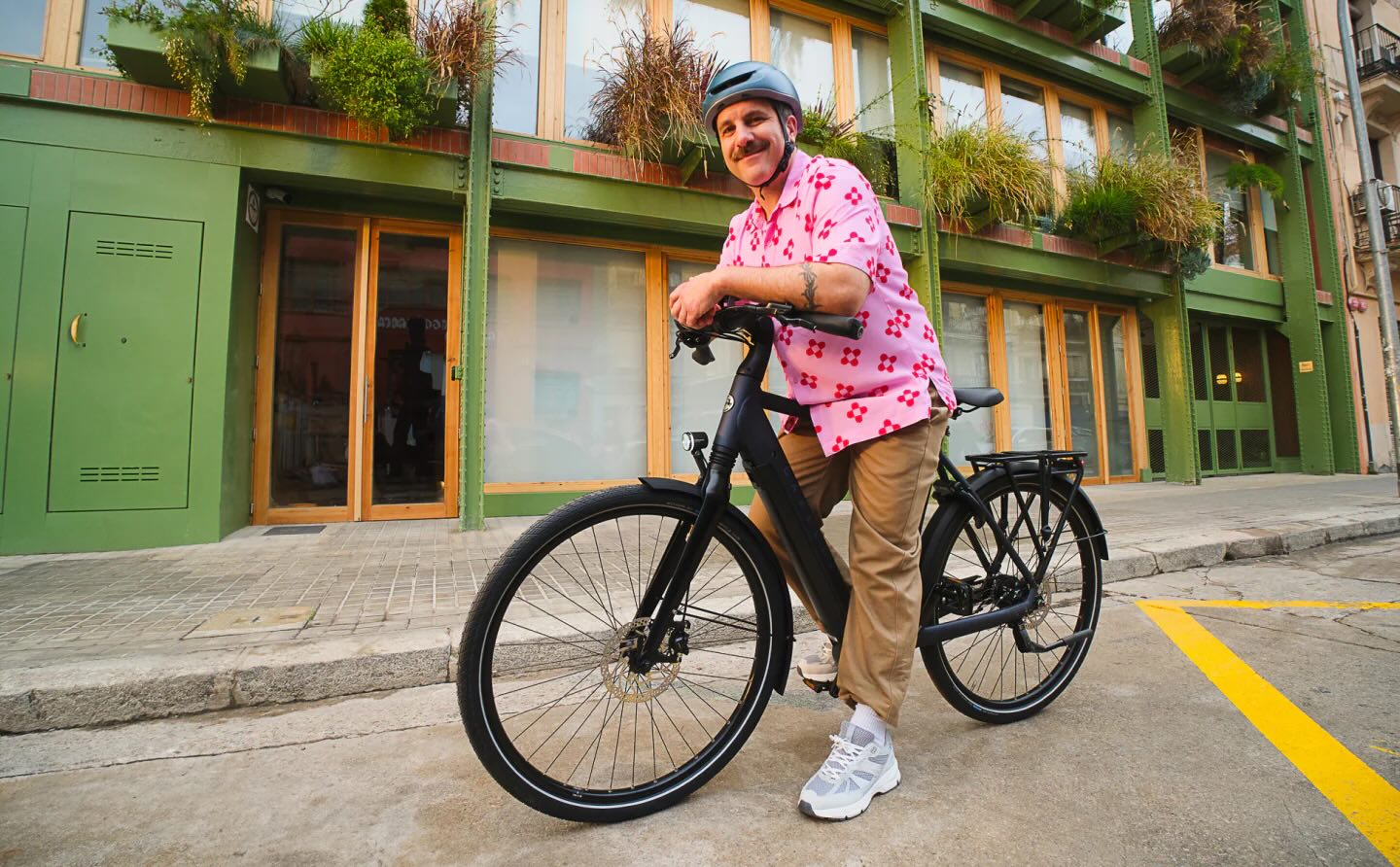Europeans are buying and discarding clothing more than ever before. And that is causing a record amount of textile waste.
What's happening?
A recent briefing from the European Environment Agency detailed the average amount of textile waste produced in 2022. The data shows textile consumption in the EU increased from 17 kilograms per person in 2019 to 19 in 2022. To put that into perspective, the EEA describes the amount as "enough to fill a large suitcase per person."
As noted in the briefing, the textile industry in the EU employs "about 1.3 million people across 197,000 companies." The expanding industry can be attributed to the demand of consumers, which was fueled by rising online sales. The sale of clothing and other textiles online "more than doubled in the EU, from 5% in 2009 to 11% in 2022," the briefing states.
The "increased accessibility and convenience for consumers" appears to be a big factor in the emergence of ecommerce in the clothing industry. Another major impact is the popularity of "fast fashion."
According to the briefing, a majority of online retailers "operate mostly in fast or ultra-fast fashion, selling very large and increasing amounts of low-quality products at very low prices."
Why is the rise of fast fashion concerning?
Fast fashion has put an enormous strain on the environment by placing a priority on making as much clothing as possible in the shortest amount of time. And due to the rapid cycles of the fast fashion movement, much of this clothing goes out of style quickly.
Watch now: Unload your closet and get rewarded with Trashie
According to a 2024 study, researchers determined "the carbon footprint of fast fashion consumption is 11 times higher than that of traditional fashion." This accounts for the increased production of textiles, transportation, and the disposal of clothing.
Additionally, the use of synthetic fibers in fast fashion has increased the amount of microplastic pollution around the globe. The degradation rates of polyester can be dramatically slower than traditional materials such as cotton. This means that some polyester fibers take decades to decompose.
What's being done about textile waste?
In France, legislation has been introduced that would limit the advertisements of fast fashion companies. The bill would also impose a tax on fast fashion companies for every item produced. While the measure passed the French National Assembly, it has stalled in the Senate, putting the bill in jeopardy.
While governments around the world struggle to come up with direct solutions to textile waste, consumers can do their part in cutting back consumption at home. When you're ready to upgrade your wardrobe, taking a look at your local thrift store can help recycle discarded clothing and prevent further waste — and save you money, too.
TCD Picks » Upway Spotlight

|
Should companies be required to help recycle their own products?
Click your choice to see results and speak your mind. |
There are also plenty of sustainable clothing companies that offer items made from recycled materials. Other companies are working to take your old or discarded clothing in exchange for cash or cool rewards.
Join our free newsletter for good news and useful tips, and don't miss this cool list of easy ways to help yourself while helping the planet.


















